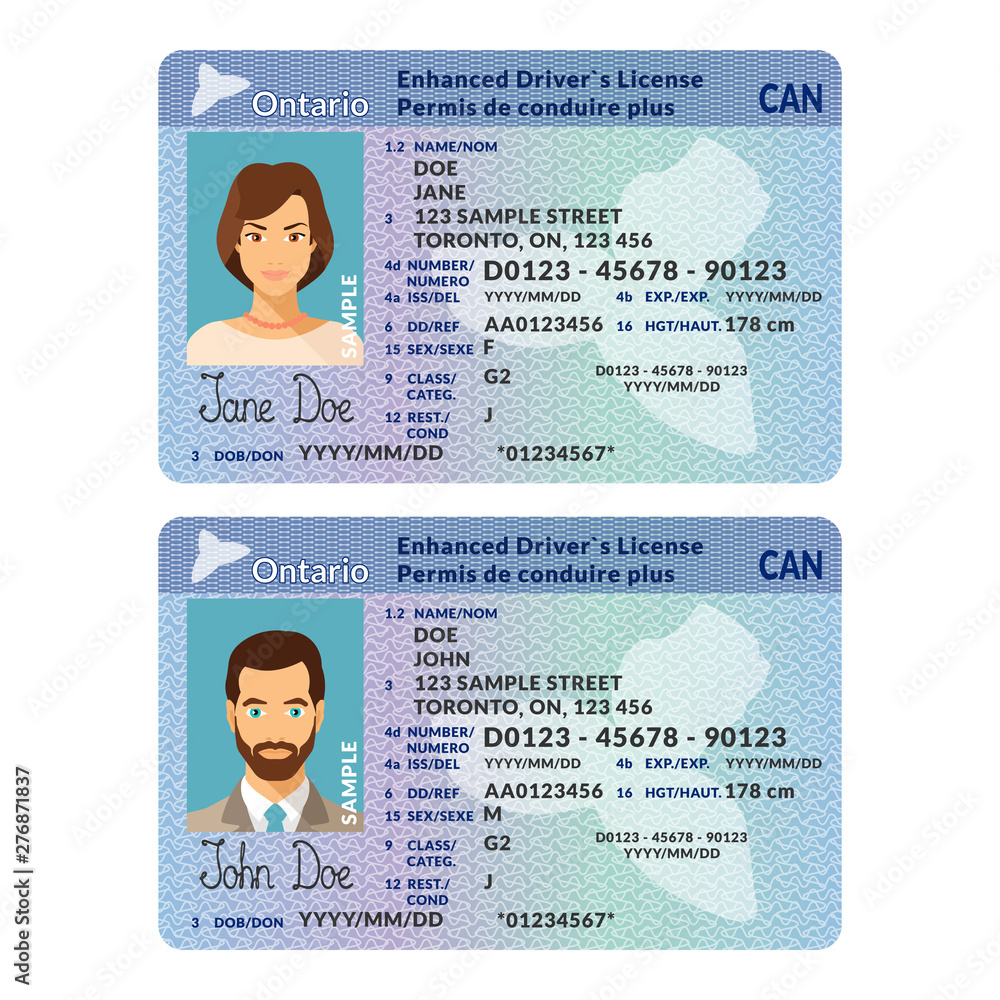A Canada Driving License, Getting a driving license in Canada is a crucial step for many people, whether you’re a new driver or relocating from another country. Each province and territory in Canada has its own regulations and processes for obtaining a driving license. This blog post will provide an overview of the general steps and requirements for getting a Canada driving license, along with tips to help you through the process.
Types of Canadian Driving Licenses
Canada issues different classes of driving licenses depending on the type of vehicle you intend to drive. Here’s a general overview:
- Class 5: This is the standard driver’s license for cars, light trucks, and SUVs. It typically involves a graduated licensing system, which includes learner’s permits and full licenses.
- Class 6: This license is for motorcycles and scooters. It also follows a graduated licensing system in many provinces.
- Class 1, 2, 3, and 4: These licenses are for commercial vehicles and specialized types of transportation, such as trucks, buses, and emergency vehicles. Each class has specific requirements and regulations.
The Graduated Licensing System
Many provinces and territories in Canada use a graduated licensing system, which allows new drivers to gain experience gradually. Here’s a basic overview:
- Learner’s Permit (G1, Class 7, or equivalent): This is the first stage, where you must pass a written test on road signs and driving laws. With a learner’s permit, you must drive under certain restrictions, such as having a fully licensed driver accompany you.
- Intermediate License (G2, Class 5, or equivalent): After holding a learner’s permit for the required period, you can take a road test to obtain an intermediate license. This allows you to drive more independently but may still include some restrictions.
- Full License: After holding the intermediate license for a specified period and demonstrating safe driving behavior, you can apply for a full license, which typically removes most restrictions.
The Process of Getting a Canada Driving License
- Understand Provincial Requirements: Each province and territory has its own rules and procedures for obtaining a driving license. Visit the website of the local motor vehicle department for detailed information specific to your location.
- Prepare for the Written Test: Study the driver’s handbook provided by your province or territory. It covers road signs, traffic laws, and safe driving practices. Consider taking a driver’s education course for additional preparation.
- Pass the Written Test: Visit a local motor vehicle office to take the written knowledge test. This is usually required for obtaining a learner’s permit.
- Get a Learner’s Permit: After passing the written test, you will receive a learner’s permit, which allows you to practice driving under specific conditions.
- Take the Road Test: After gaining sufficient driving experience and holding your learner’s permit for the required time, book and take the road test. Passing this test will allow you to obtain an intermediate or full driving license.
- Obtain Your Full License: Once you’ve demonstrated safe driving practices and held your intermediate license for the necessary period, you can apply for a full driving license.
Tips for Success
- Practice Regularly: Consistent practice is essential for passing both the written and road tests. Drive in various conditions to build confidence and experience.
- Enroll in Driver’s Education: Professional instruction can provide valuable feedback and help you prepare more effectively for your tests.
- Understand the Rules: Familiarize yourself with the driving regulations and road signs in your province or territory. This knowledge will help you succeed in the written test and become a safer driver.
- Stay Calm and Focused: Approach your road test with a calm and focused mindset. Follow the examiner’s instructions carefully and demonstrate safe driving practices.
Conclusion
Obtaining a driving license in Canada is a structured process that ensures drivers are well-prepared and knowledgeable. By understanding the types of licenses, following the graduated licensing system, and preparing thoroughly for your tests, you can navigate the process successfully. Whether you’re new to driving or upgrading your license, following these guidelines will help you become a confident and responsible driver in Canada.
